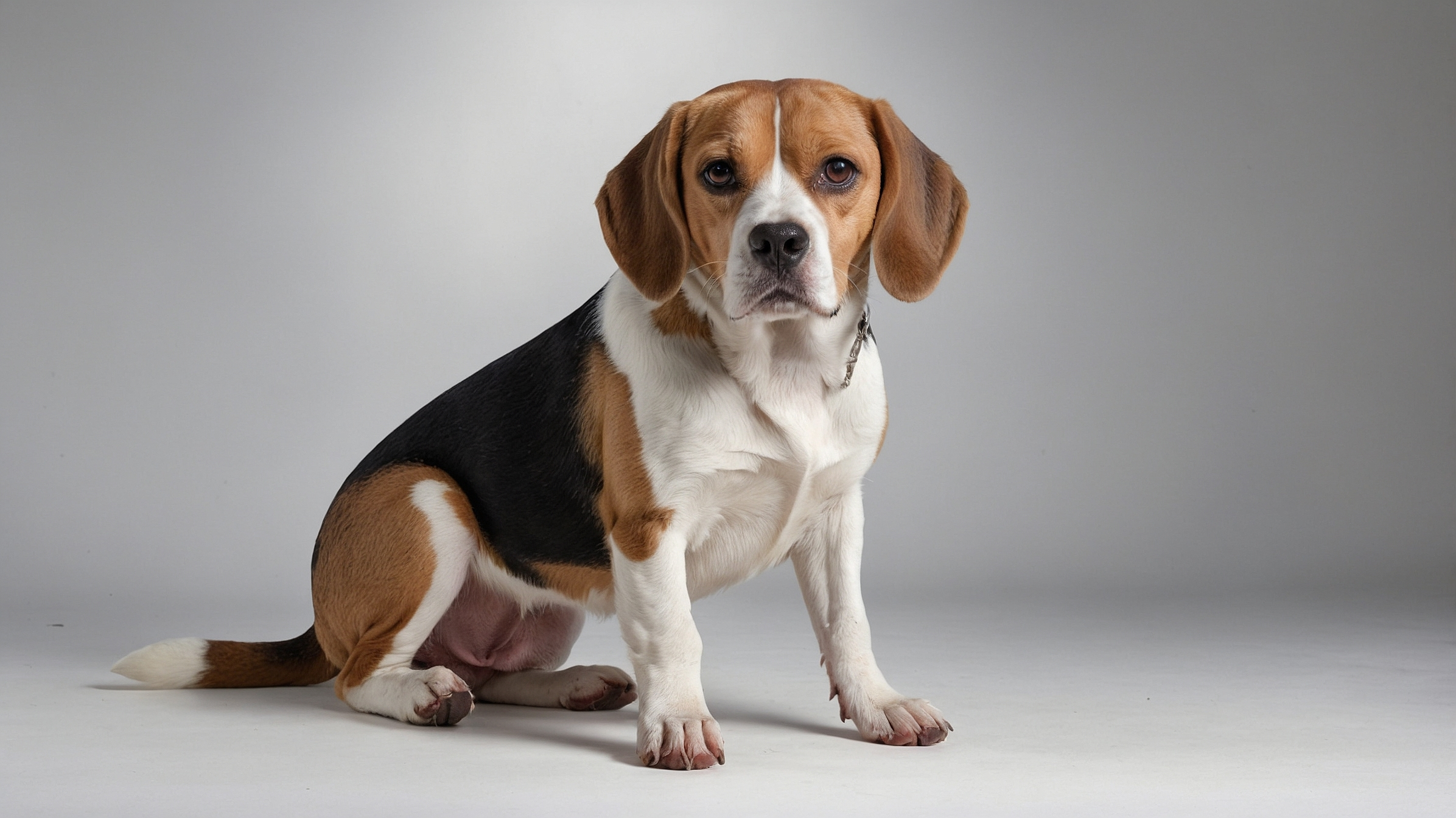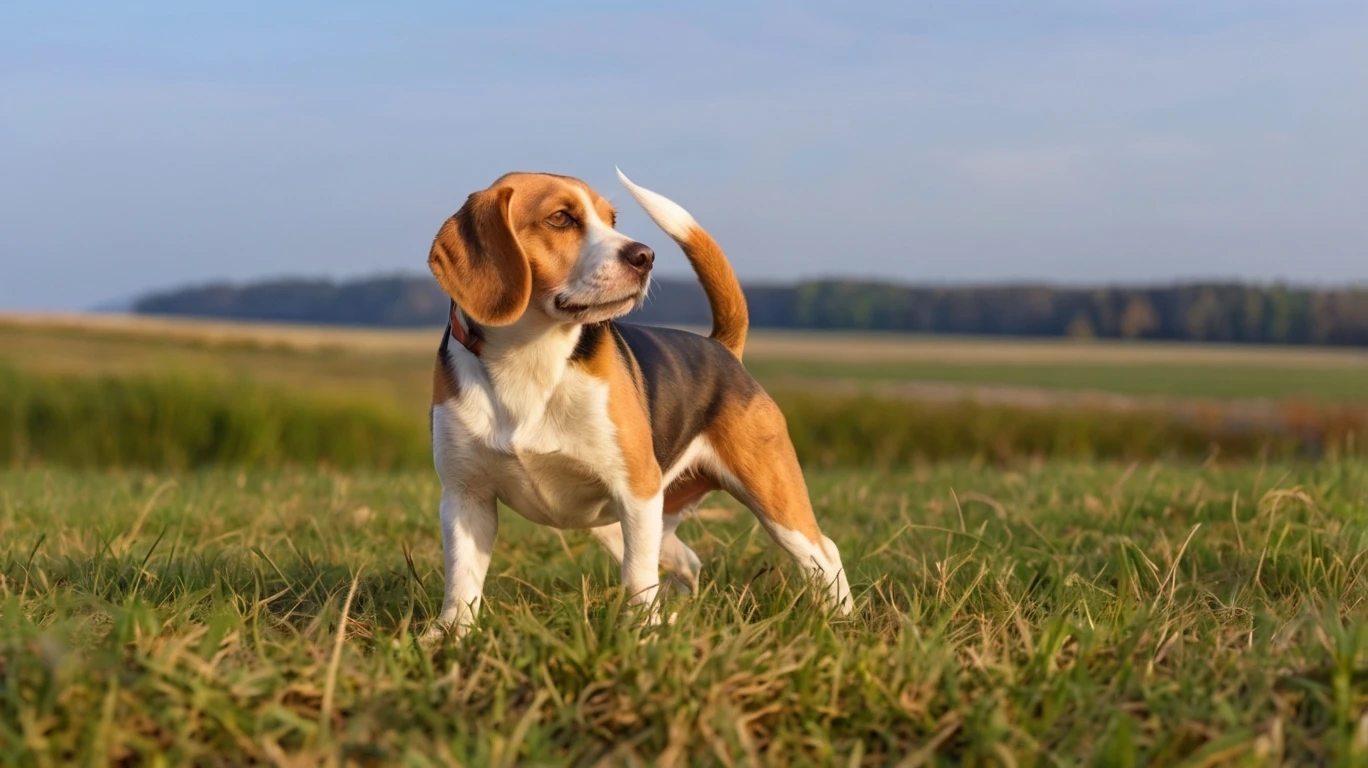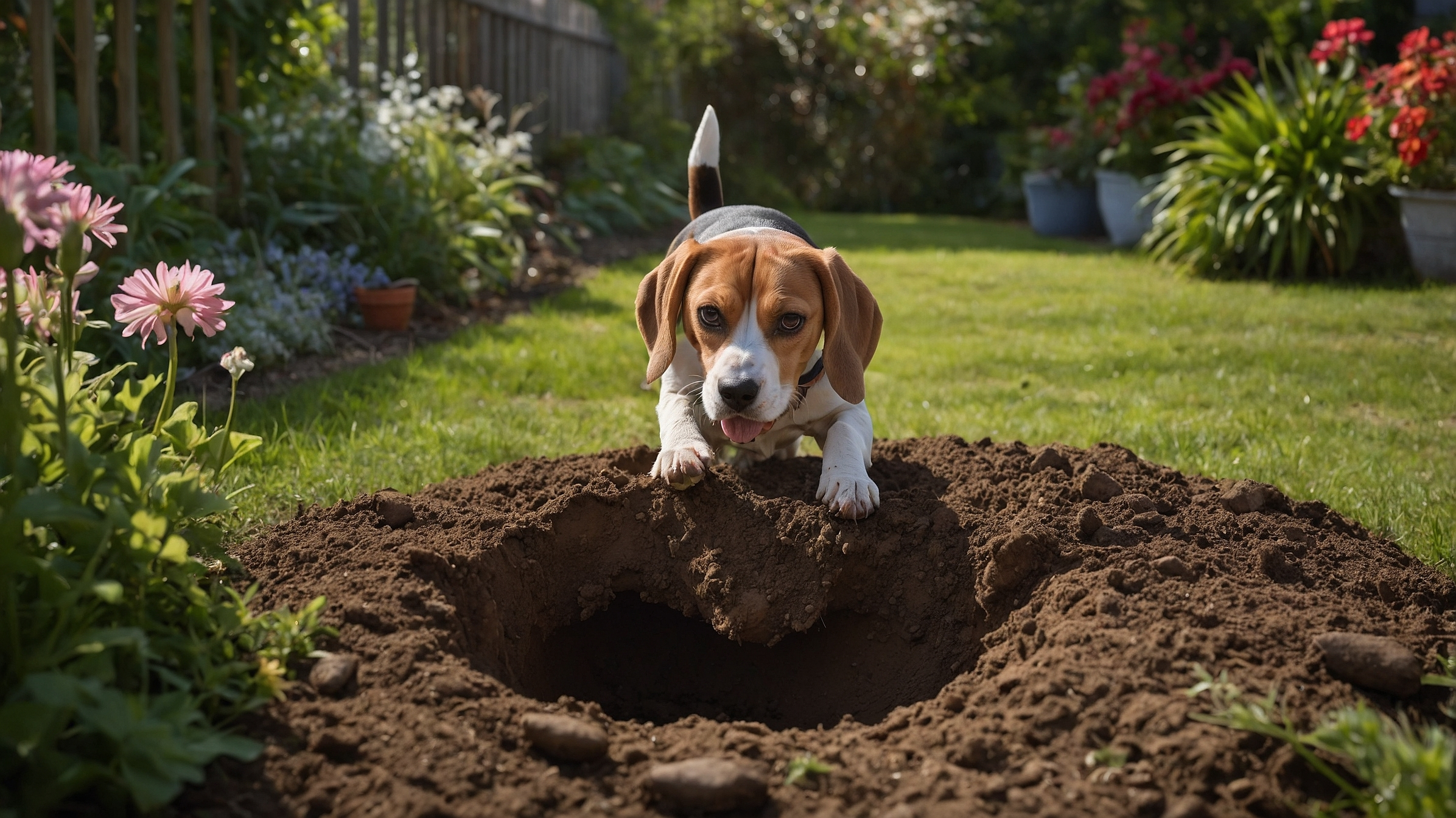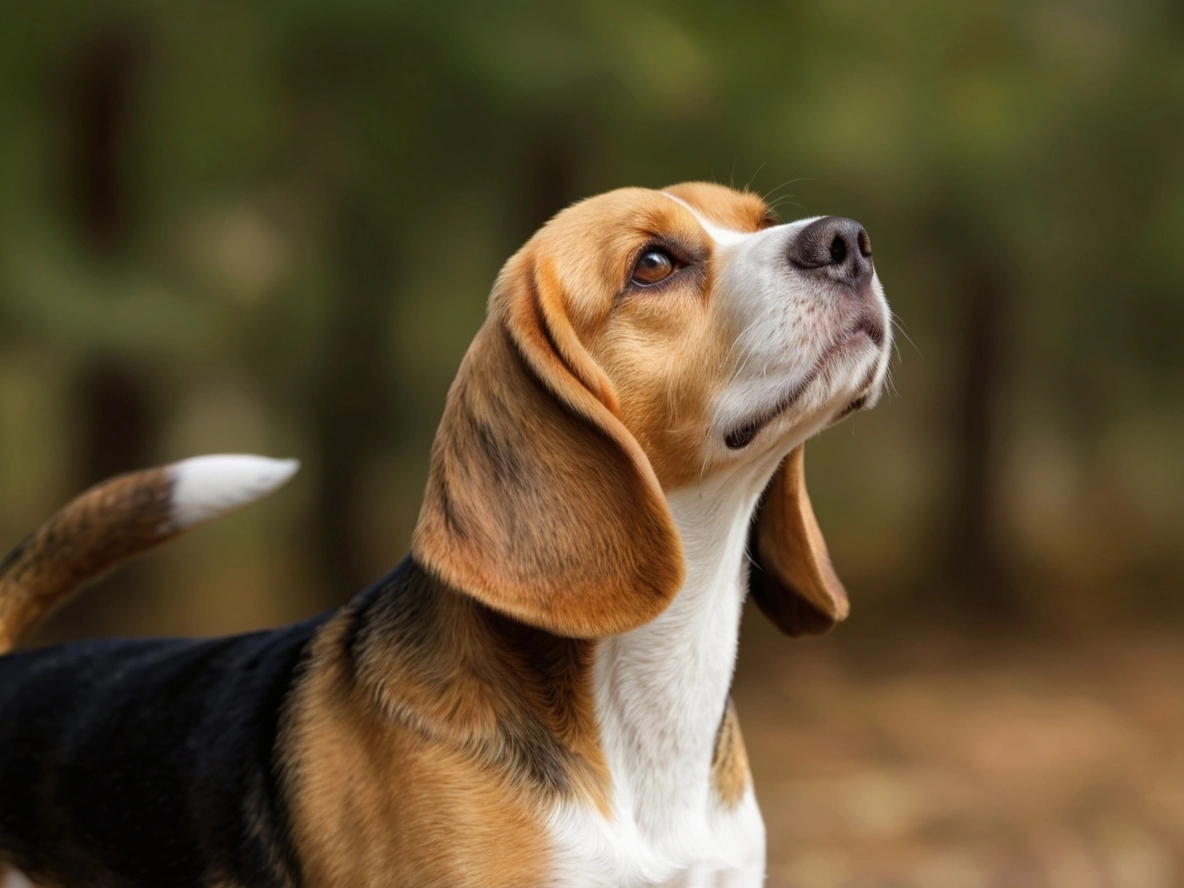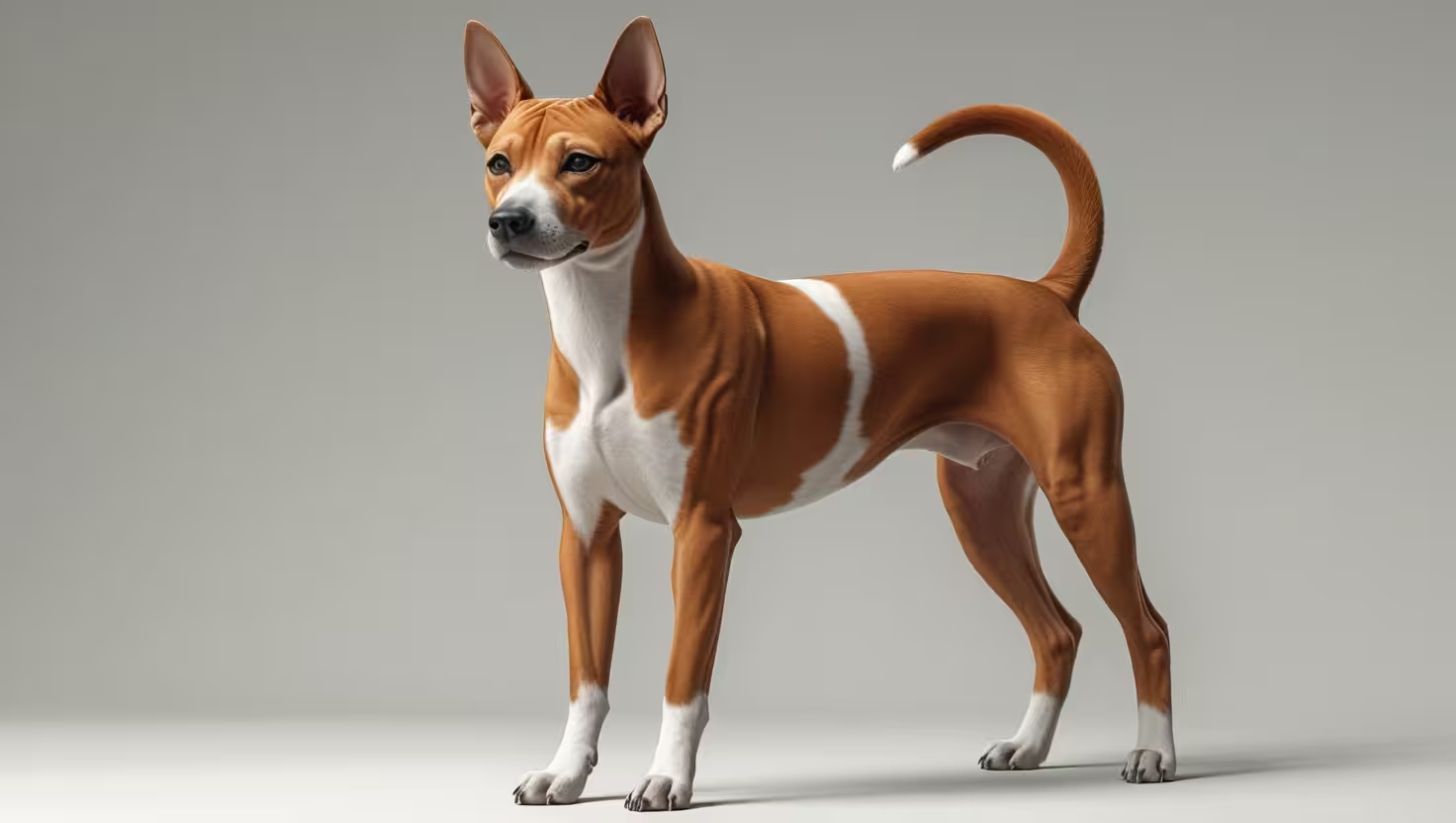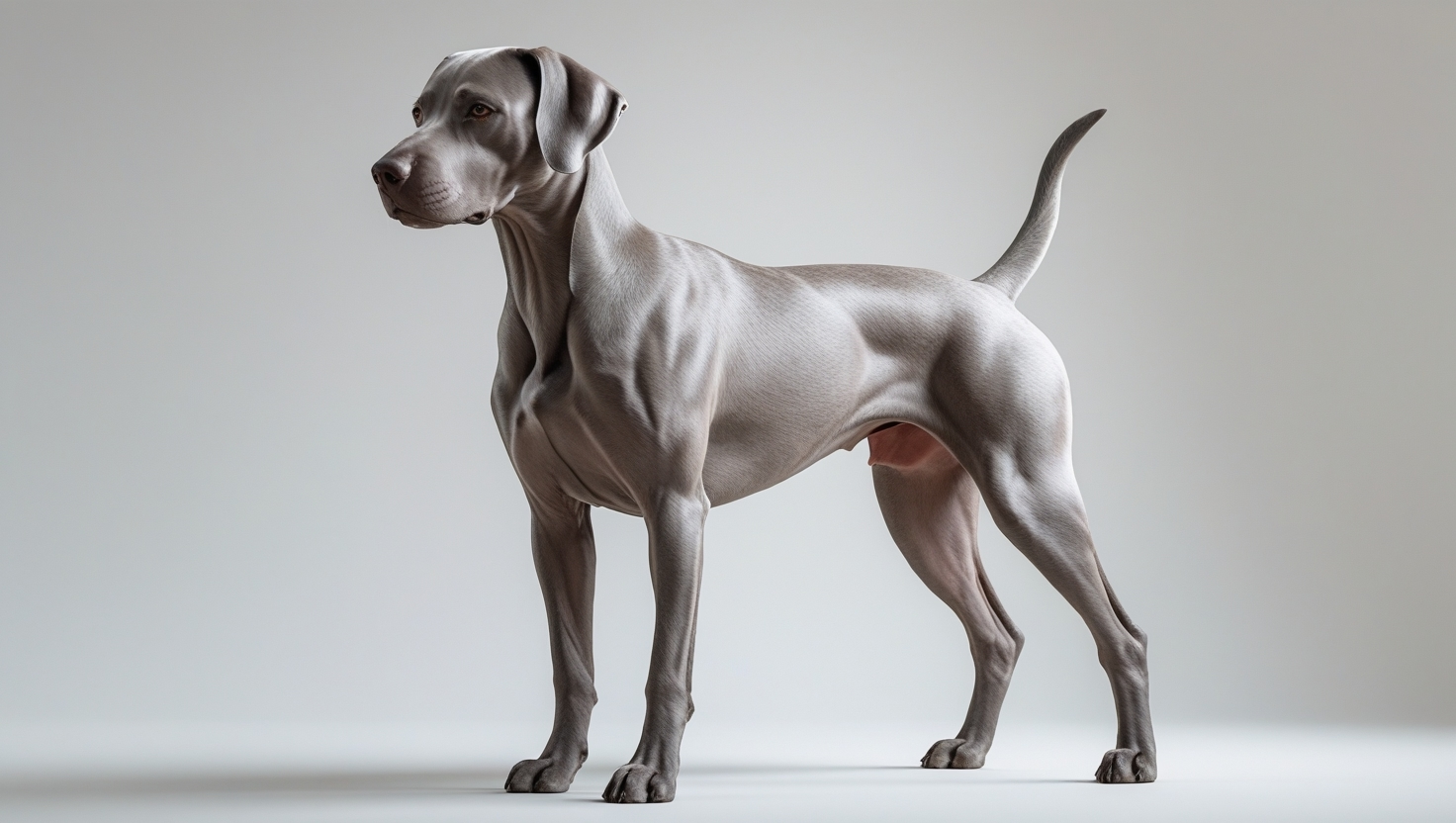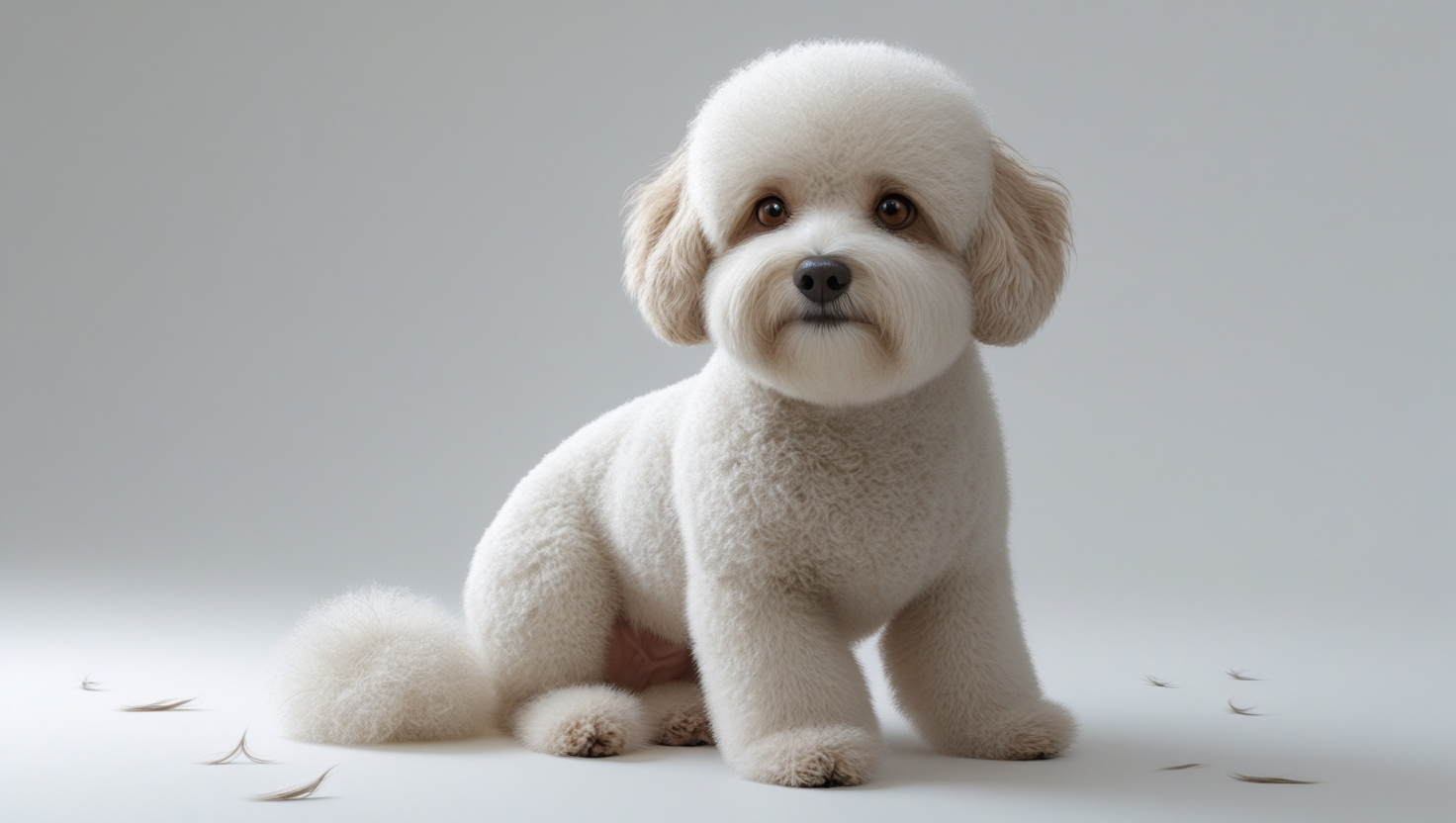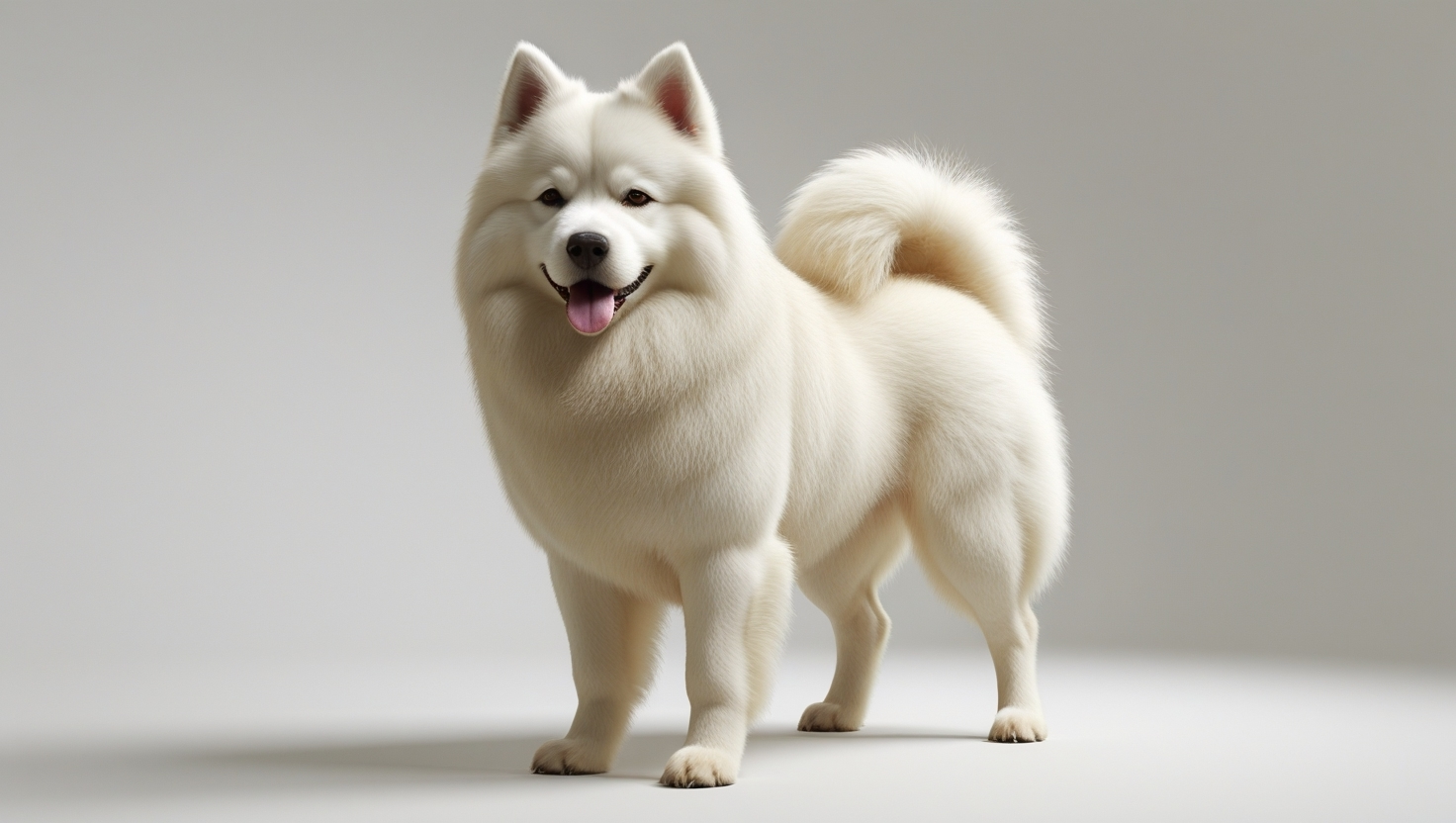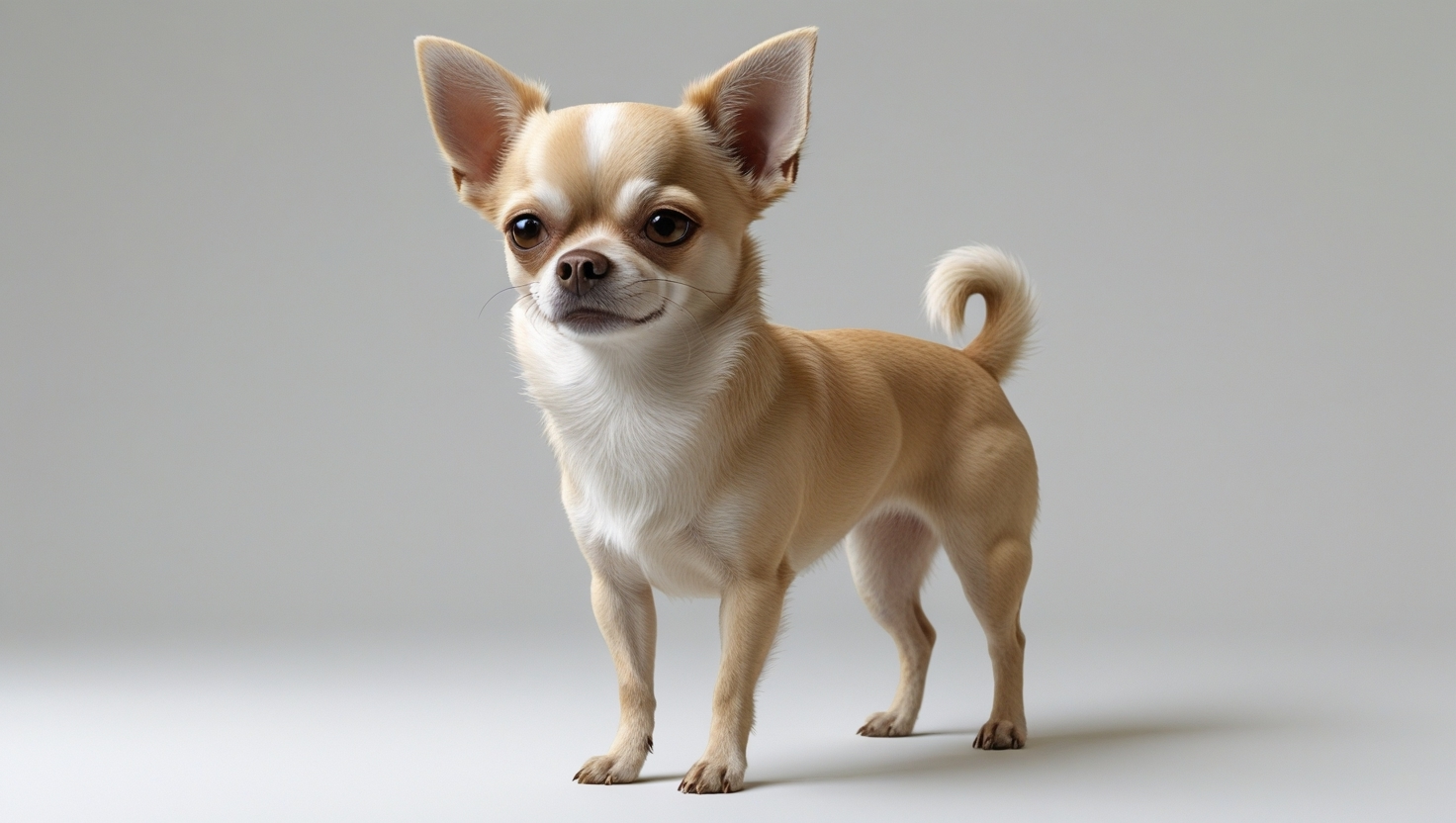The Beagle is a breed known for its friendly personality and boundless energy. These medium-sized dogs win families over around the world with their intelligence and natural charm. But there’s much more to them than just their adorable appearance.
With a history that dates back centuries, this breed combines the traits of an excellent hunting dog with the loyalty of a great companion. They stand out for their exceptional scenting abilities and adventurous instincts.
If you’re curious about how to care for, train, and better understand this fascinating breed, this article is for you. Keep reading to discover everything you need to know about these dogs that win hearts wherever they go!

